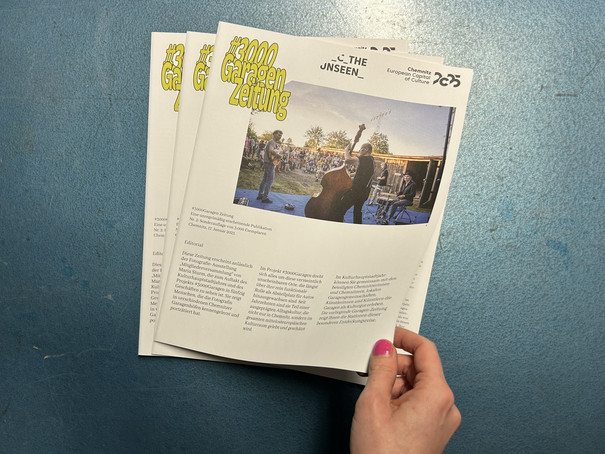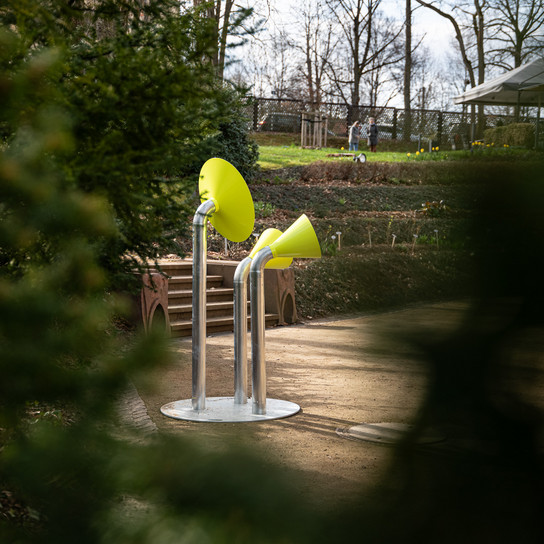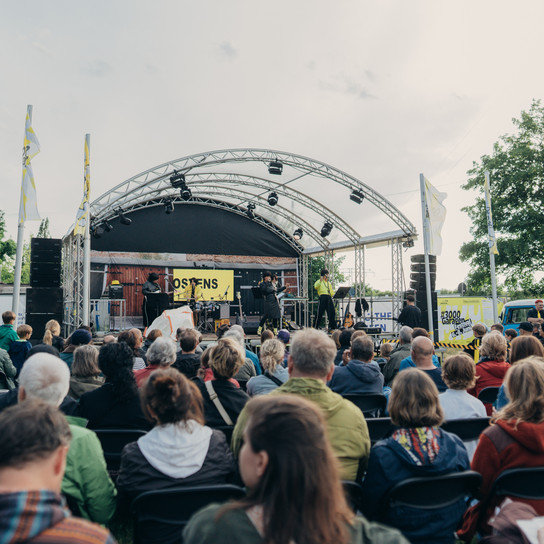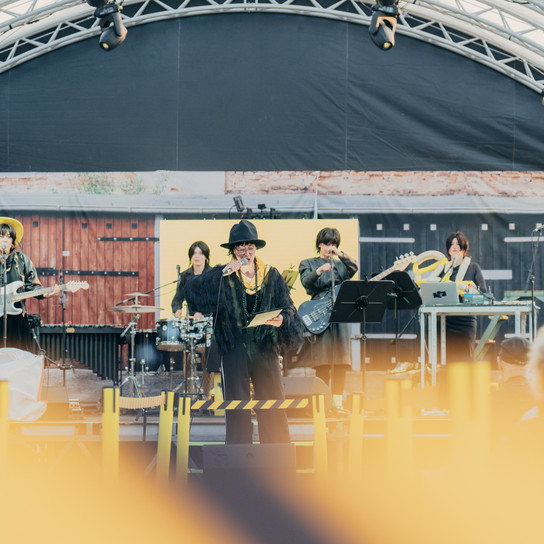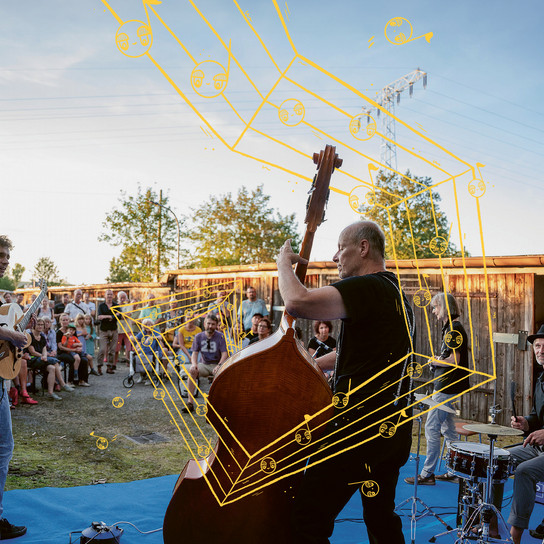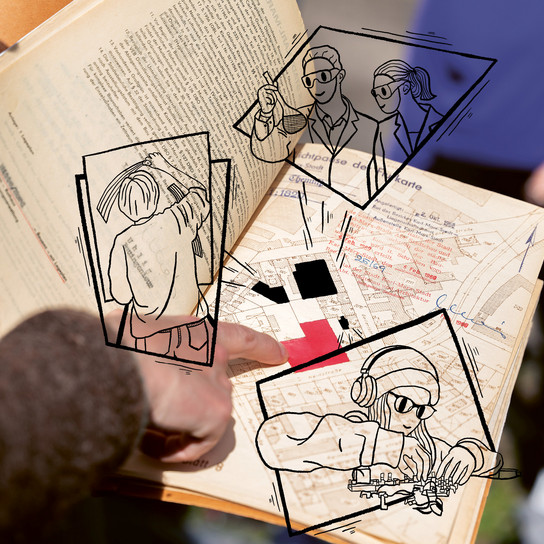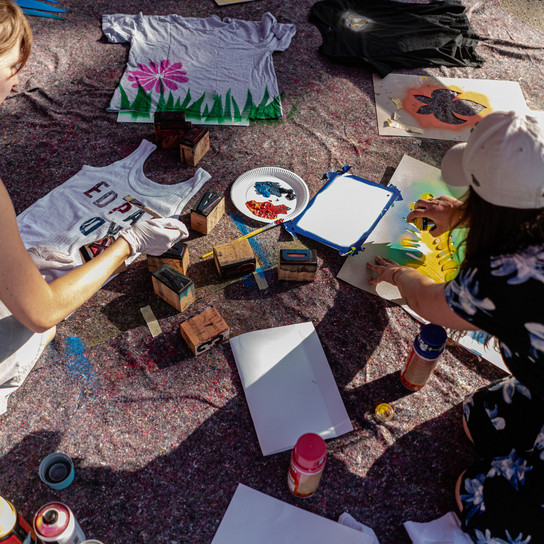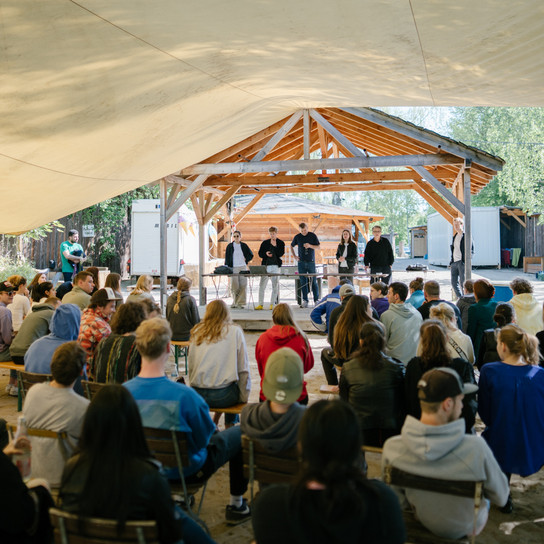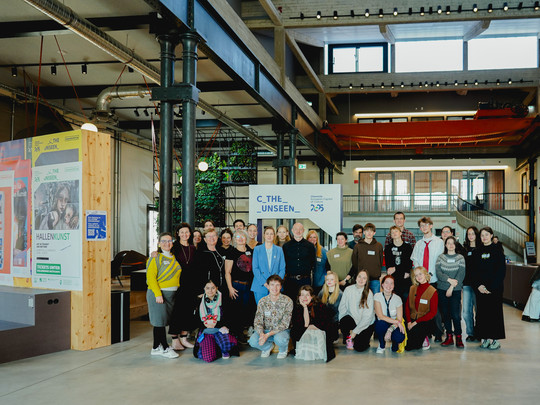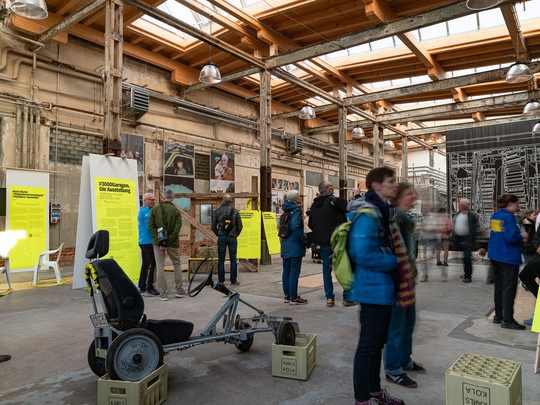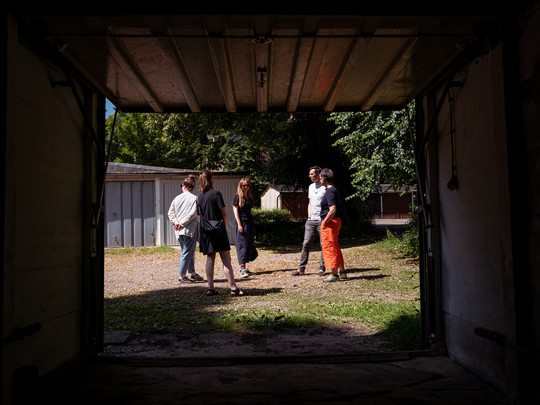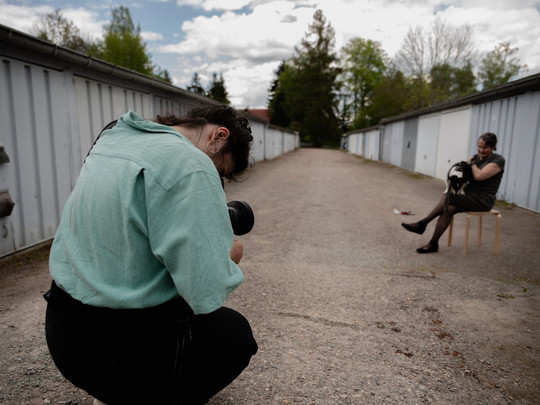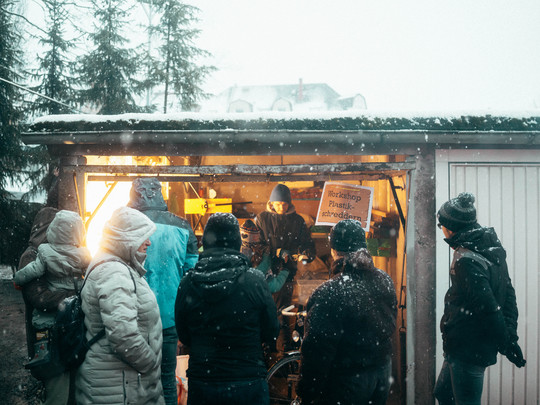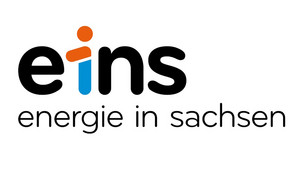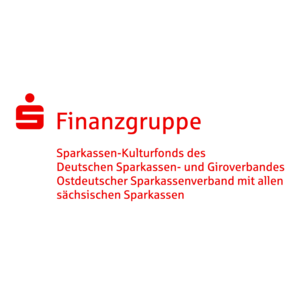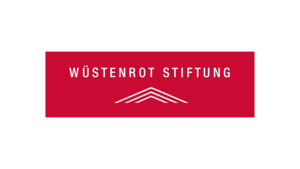#3000Garagen
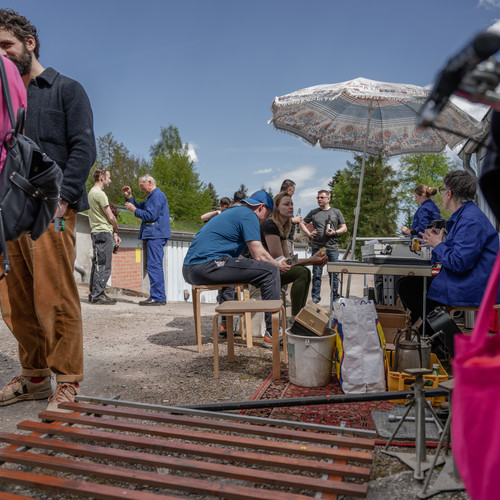
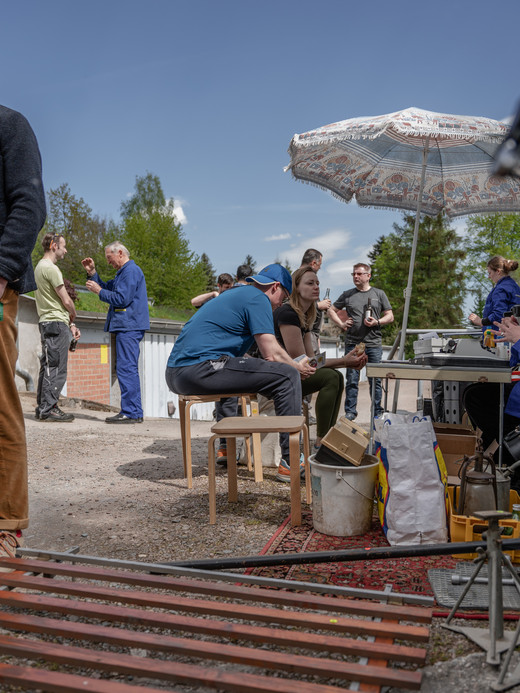
The #3000Garagen (in English #3000Garages) project presents the approximately 30,000 garages in Chemnitz, most of which were built collectively and by the people themselves during the GDR era, as living archives, creative spaces and meeting places.
In artistic projects, the individual stories of the garage users are conveyed and creatively transformed against the backdrop of Chemnitz's city history, while festivals, workshops and art events activate the garage courtyards as socio-cultural community spaces.
Agnieszka Kubicka-Dzieduszycka
Curator
Ann-Kathrin Ntokalou
Curatorial Assistant & Project Manager
Michelle Auerbach
Project Assistant
Vanessa Azeroth
Working student
Benjamin Gruner helped set up and design the project from 2022 to 2023.
Chemnitz garages - keep your eyes open!
They are 3 m × 6 m × 2.80 m in size, arranged in single or double rows and often grouped together to form larger complexes. Most are made of concrete slabs, some of corrugated iron: garages. Originally built collectively in this form in the former socialist countries, garage yards still characterise the cityscape of many Eastern European cities today.
In Chemnitz, too, there are now an estimated 30,000 garages in all kinds of urban locations. Many are used to park cars or store forgotten family treasures, while others are used for tinkering, barbecues and chatting with neighbours.
Garages have long been places for private retreats and socialising. Start-ups and crazy ideas were born in garages, and numerous bands originated here. But what does the view of society from the garage look like today, what stories do the objects hidden there tell, what knowledge and skills are hidden in the garages and what potential do they have for the future of our cities in times of resource scarcity and an emerging circular economy? The #3000Garages project also wanted to find out together with the participating artists and Chemnitz residents.
Culture begins where people shape their environment together and lay the foundations for peaceful, creative coexistence through seemingly banal customs. Garage courtyards are such places - places of community, daily history and creative handicrafts.
Nothing could happen in the garage courtyards without the interest and commitment of the users. from the beginning to the realisation of the projects, #3000Garagen was geared towards active participation. Chemnitz 2025 gGmbH organised the projects and events in the courtyards and then implemented them together with interested parties and garage users.
For those who want to delve deeper into the topic, we recommend
- Jens Casper and Luise Rellensmann (eds.): The Garage Manifesto (2021)
- Natalija Yefimkina: Garage People (documentary film, Germany 2020)
- Offener Kanal Magdeburg / Siegfried Söder: Die Garage in der DDR (2009) from the series "Erinnerungen auf 8 mm - Schmalfilme aus der Vergangenheit"
- Gerhard Polt: The Garage (radio play, Germany 2000)
- Eldar Ryazanov: The Garage (Гapaж) (feature film, USSR 1980)
Garage newspaper
Experience Chemnitz's garages as a cultural asset - together with the participating Chemnitz residents, local garage communities and artists. The garage newspaper accompanied this journey of discovery and showed the various stages of the project.
